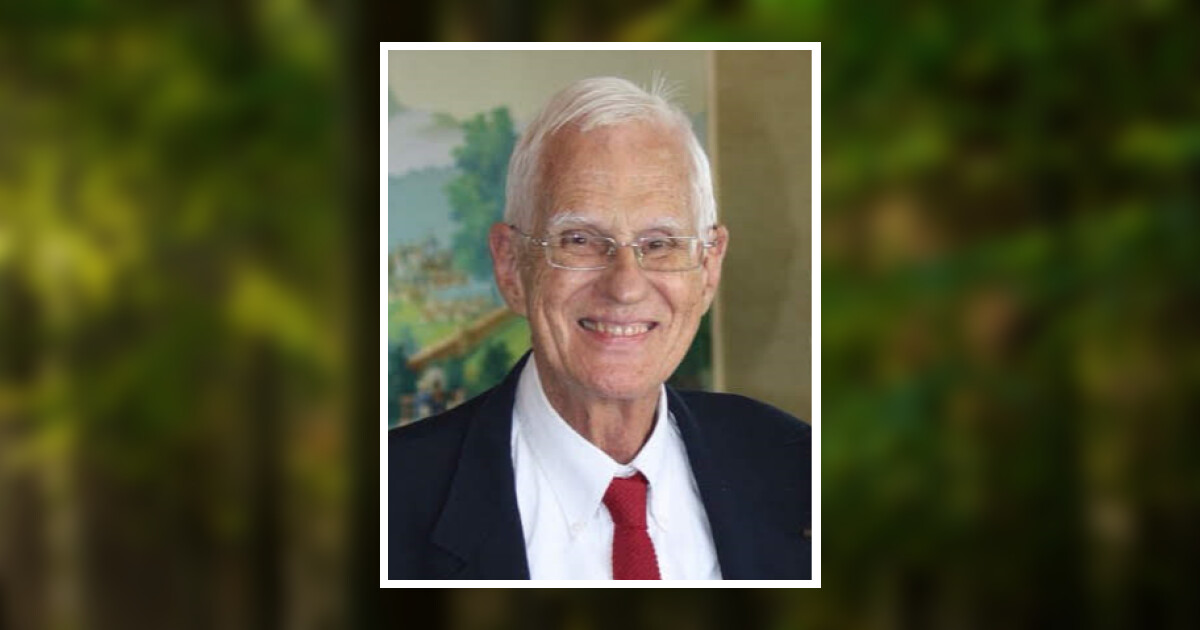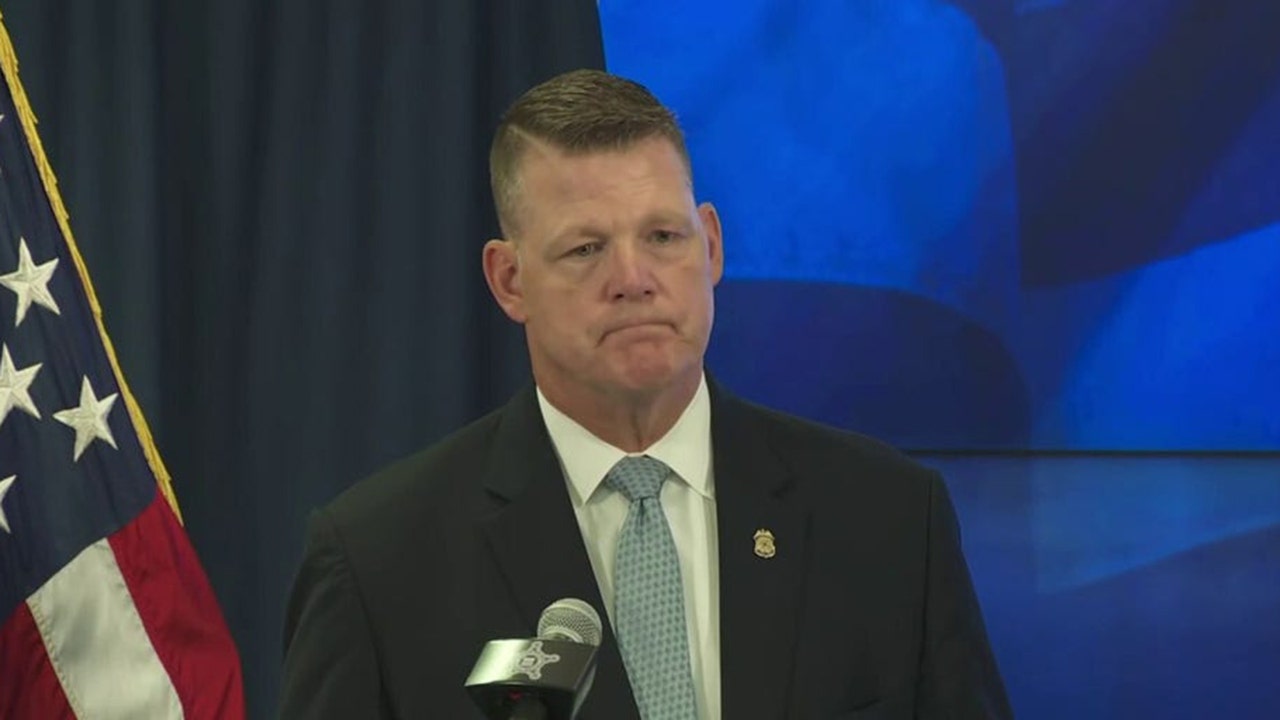North Dakota
Fatal Crash in Ramsey County

FARGO, N.D. (Valley News Live) – The North Dakota Highway Patrol has released details of a fatal vehicle crash that took place at 9:58 A.M. on August 2nd.
A 68 year old man was traveling eastbound on Highway 2 when he struck a driver who was trying to cross those eastbound lanes. NDHP notes that the man tried to steer around the second driver in order to avoid the collision but was unable to do so.
The driver of that car, a 70 year old woman, was taken to a hospital in Devils Lake, but later died from her injuries.
The 68 year old man suffered only minor injuries. He is not being charged with any crime at this time.
NDHP also notes that this is an ongoing investigation, and that the names of the individuals involved will be made public at a later date.
Copyright 2024 KVLY. All rights reserved.

North Dakota
North Dakota Art Project aims to make creativity more accessible

MANDAN, N.D. (KFYR) – The North Dakota Art Project works in the Art Workshop in Mandan and aims to foster creativity in the community.
The Art Workshop is a 24-hour studio in Mandan that is open to the community. There, the North Dakota Art Project aims to support local creativity by making art accessible to everyone.
“It’s not in your house, so that means you’ve got a place to go. You know being retired, you always have to have a place to go, and I never was one for coffee shops, so here I am,” said participant Ken Rogers.
The nonprofit organization provides funding for art supplies and classes for local artists. It particularly aims to help groups of people who may not have the resources to practice their crafts.
“Just helping people get into art, it can be a challenge, and finding funding to help people do that is kind of where we started,” said Chris Kraft, president of the North Dakota Art Project.
Participant Ken Rogers is a veteran and retired from the Bismarck Tribune. He likes to paint and draw at the studio and has been doing art for over five years. The Art Workshop provides a space for him to keep his art supplies and his art projects while he is in the process of finishing them.
He said the North Dakota Art Project can help veterans by providing them with a space to cope with complex feelings and memories from their service.
“Not everybody that leaves the service has a good time of it, so this is another way for them to express themselves,” said Rogers.
He also said that being surrounded by others who also have a passion for art in this studio gives people a chance to ask questions and become close with others who share a common interest.
The painting Rogers is currently working on is a portrait of a selfie he took with his wife on a ferry between Italy and Greece.
Copyright 2024 KFYR. All rights reserved.
North Dakota
Public Service Commission holds conference to discuss data centers

BISMARCK, N.D. (KUMV) – The North Dakota Public Service Commission invited state and energy leaders to discuss data centers and their impact on the region.
The nearly five-hour-long meeting had data center managers, utility leaders and county representatives talking about the demand for these facilities and the amount of electricity they use.
Public Service Commission Chairman Randy Christmann said he wants everyone to come together to get a better understanding of these facilities and how they affect grid stability.
“A lot of this is new, and there may need to be new policies developed as well,” said Christmann.
The subject of data centers in North Dakota is controversial, especially in Northwestern North Dakota where the Atlas Power Data Center is located. Nearby residents continue to look to the courts to shut it down over excessive noise and a utility company has filed a federal complaint over congestion charges related to the facility.
Despite this, State Commerce Commissioner Josh Tiegen said there’s still demand for data centers, more so for AI processing versus cryptocurrency mining. A pair of projects discussed at this meeting could be worth $125 billion each.
“Want to talk about eliminating property taxes? Drop a $125 billion data center in the middle of your county. That’s a huge, huge revenue stream for the state, counties and local communities in a variety of ways,” said Teigen.
Teigen said when it comes to power generation, they are looking at converting natural gas from the oil fields into energy to support the grid.
Public Service Commissioner Julie Fedorchak said it’s beneficial to welcome data centers here instead of overseas.
“We want it in the U.S., we do not want our data being housed in other countries. We need to try our best to make this work here in America. For North Dakota, it’s a huge opportunity to make it work here where we have tons of power to sell to these kinds of entities,” said Fedorchak.
Fedorchak adds the cold North Dakota winters can also support data centers that generate lots of heat when processing.
Copyright 2024 KFYR. All rights reserved.
North Dakota
Fiery North Dakota derailment was latest crash to involve weak tank cars the NTSB wants replaced

The fiery North Dakota derailment that burned for days early last month was the latest train crash to involve the flawed tank cars that the National Transportation Safety Board has been trying to get off the tracks for decades.
The NTSB said in a preliminary report released Thursday that the July 5 train crash near the small town of Bordulac, North Dakota, caused an estimated $3.6 million in damage to the CPKC railroad tracks and equipment. But the agency didn’t offer many hints about what caused the derailment that happened in the early morning hours that day.
CPKC railroad officials are prohibited from answering questions about the derailment while NTSB is investigating.
The NTSB highlighted the fact that some of the 17 tank cars carrying hazardous materials that derailed were DOT-111 tank cars that have demonstrated time and again that they are prone to rupturing in a train crash. The agency has been recommending eliminating the use of those cars for hazardous materials at least since the 1990s because of their history of problems, and Congress did mandate that they be replaced for hauling flammable liquids by 2029. But even then they could continue to be used for other hazardous materials.
Officials at the Federal Railroad Administration have said it might be possible to move up that deadline by a year, but probably not much more than that because tank car manufacturers don’t have the capacity to do it sooner. There is also a significant cost for the chemical and leasing companies that own them to replacing a tank car.
The NTSB said it will be doing a detailed damage assessment on the DOT-111 tank cars and the more robust newer models of tank cars that were involved in this crash as part of its investigation over the next year or more. Recently, investigators highlighted the way those tank cars worsened the disastrous Norfolk Southern derailment in East Palestine, Ohio, last year when they ruptured and spilled butyl acrylate, fueling a massive fire that prompted officials to needlessly blow open five tank cars of vinyl chloride to prevent a feared explosion.
In the North Dakota crash, it was fortunate that few people lived nearby. Only two homes were voluntarily evacuated for two days while crews put out the fires and dealt with the methanol and anhydrous ammonia that spilled. A dozen of the other cars that derailed were carrying plastic pellets.
No injuries were reported in the derailment itself.
The NTSB said an emergency brake application was done on the train before it derailed, but it didn’t say whether the two-person crew did that or whether the brakes were triggered automatically.
The 151-car train was going about 45 mph when it derailed — which was below the 50 mph speed limit for it since it was carrying a number of hazardous materials cars.
-

 Mississippi4 days ago
Mississippi4 days agoMSU, Mississippi Academy of Sciences host summer symposium, USDA’s Tucker honored with Presidential Award
-

 World1 week ago
World1 week agoTyphoon Gaemi barrels towards China’s Fujian after sinking ship off Taiwan
-

 News1 week ago
News1 week agoVideo: Biden Says It’s Time to ‘Pass the Torch’ to a New Generation
-

 News1 week ago
News1 week agoVideo: Kamala Harris May Bring Out Trump’s Harshest Instincts
-

 Politics6 days ago
Politics6 days agoRepublicans say Schumer must act on voter proof of citizenship bill if Democrat 'really cares about democracy'
-

 News1 week ago
News1 week agoWho Can Achieve the American Dream? Race Matters Less Than It Used To.
-
World5 days ago
More right wing with fewer women – a new Parliament compendium
-

 Politics1 week ago
Politics1 week agoHouse unanimously votes to create Trump assassination attempt commission















